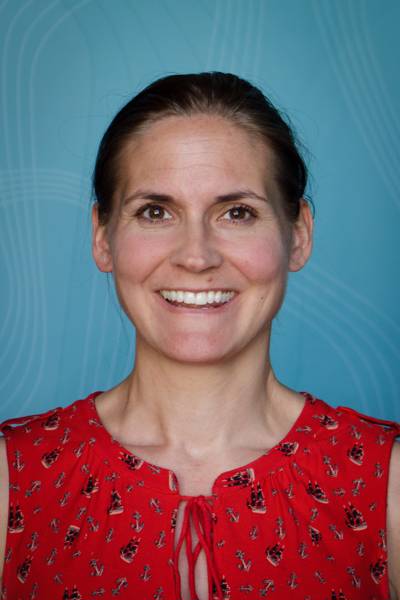By the mid-century, two-thirds of the world population will reside in urban areas. The bulk of this urban growth will take place in developing countries. Whereas average living standards are usually higher in urban areas, economic growth does not result in prosperity for all. Inequality is a likely source of frustration that could increase the potential for political radicalization and unrest—especially if certain groups suffer from systematic social exclusion. Drawing on household surveys, the article provides new indicators of internal migration, poverty and inequality for 34 cities in Africa and Asia for the period 1986–2006. These data are linked with data on urban social disorder events. The results suggest that it is not the actual movement of rural people into the cities that creates social upheaval. Rather, overall poor and unequal educational opportunities as well as socioeconomic marginalization of rural–urban migrants are found to spur increased levels of urban violence.
Østby, Gudrun (2016) Rural-Urban Migration, Inequality and Urban Social Disorder: Evidence from African and Asian Cities, Conflict Management and Peace Science 33 (5): 491–515.






